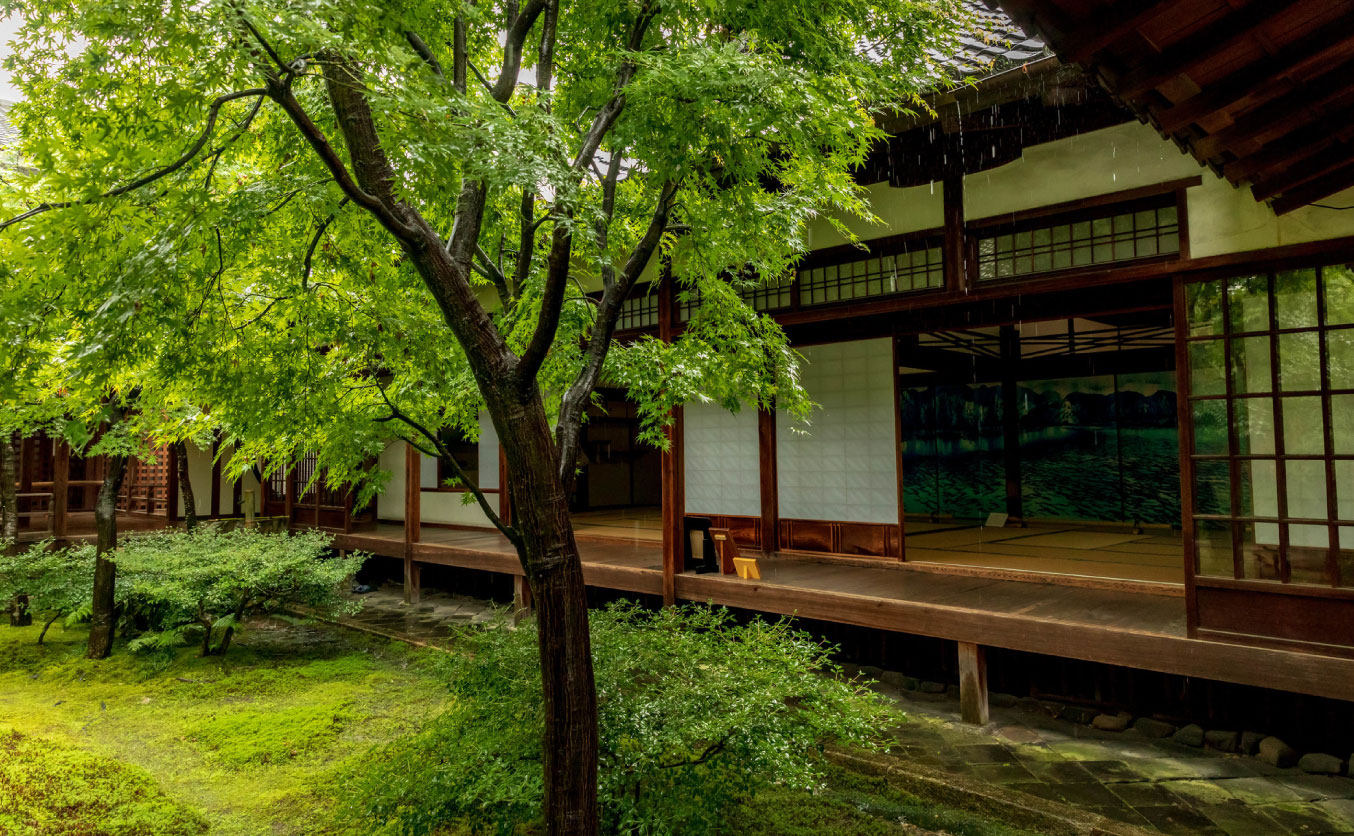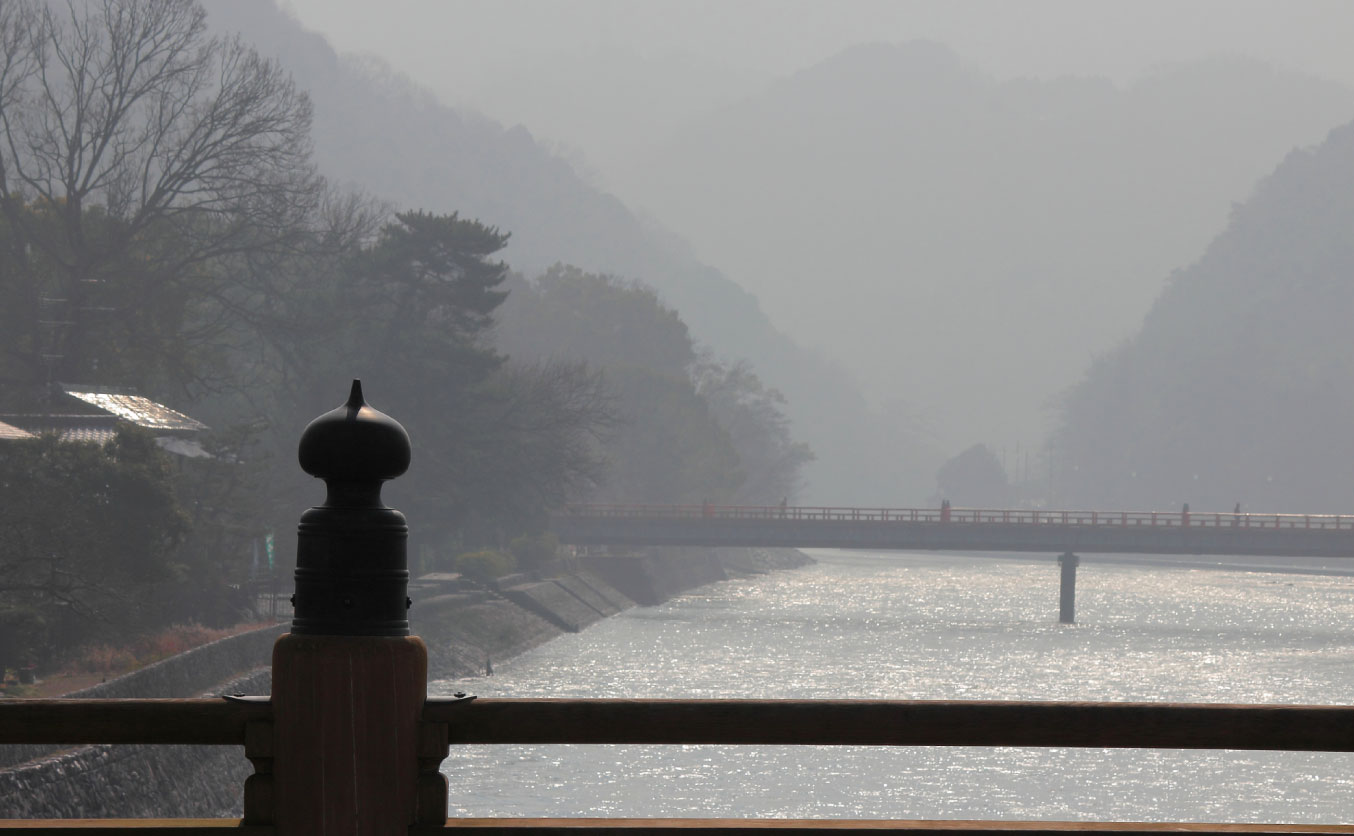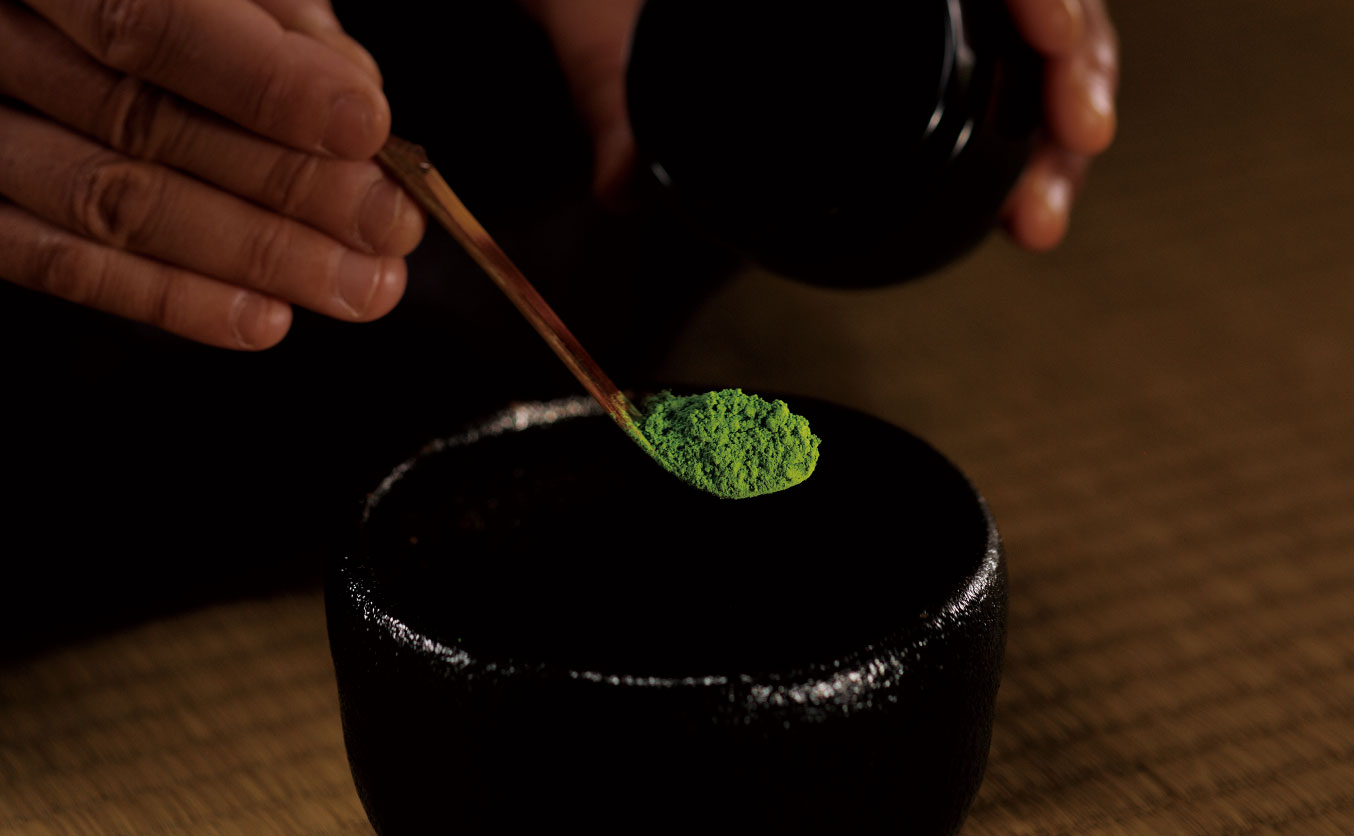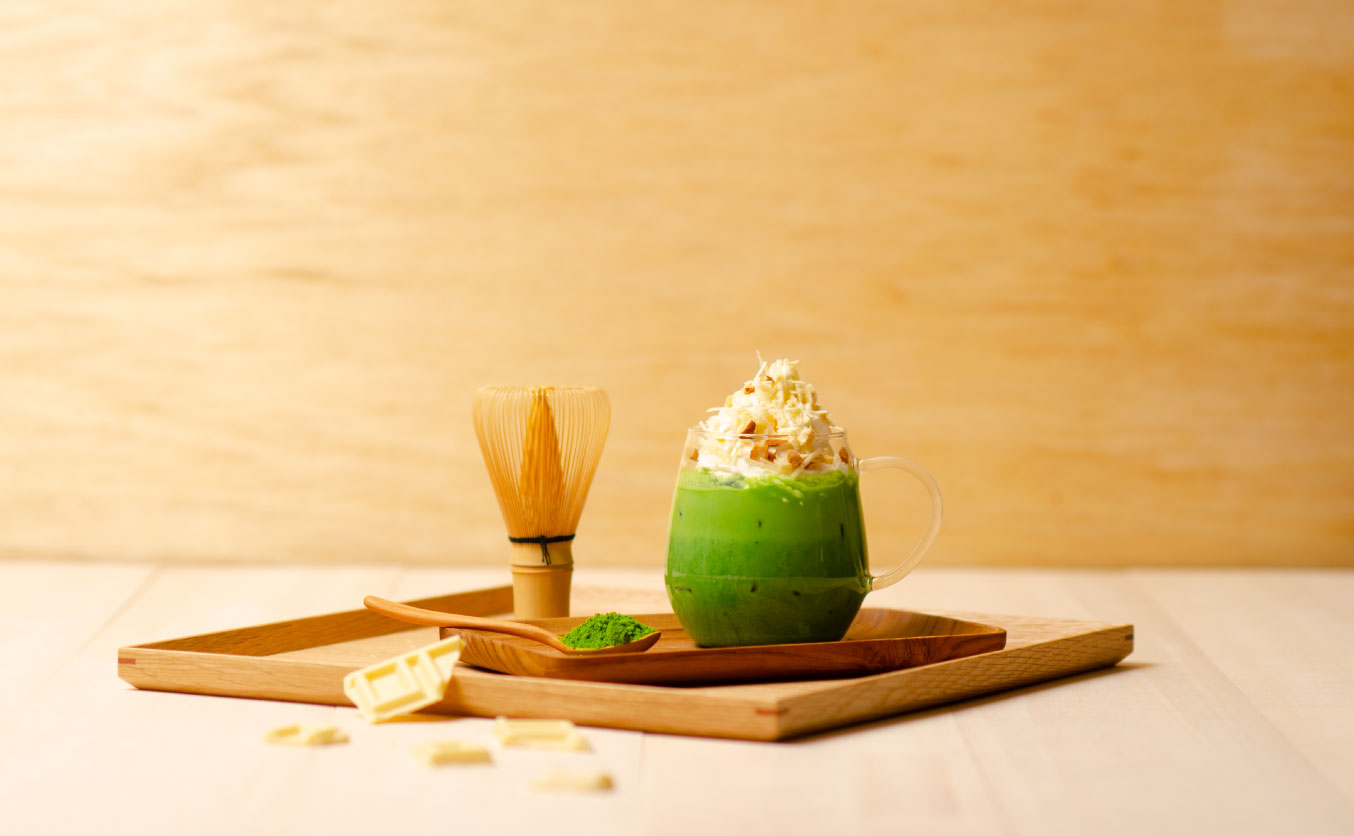In the beginning of the Kamakura era, about 800 years ago, the Zen master Eisai, known as the founder of Rinzai sect, brought back tea seeds from the Song dynasty of China. This is thought to be the origin of tea culture in Japan. Tea at this time was enjoyed in the same way as preparing powdered tea instead of brewed tea. The Kissa Yojo-ki written by Zen master Eisai is the first literature in Japan to describe the cultivation method and benefits of tea. The monk Myoe of Kosan-ji in Toganoo in the suburb of Kyoto planted tea seeds in various locations such as Uji, Ninnaji and Daigo, which played a significant role in popularization of tea.




